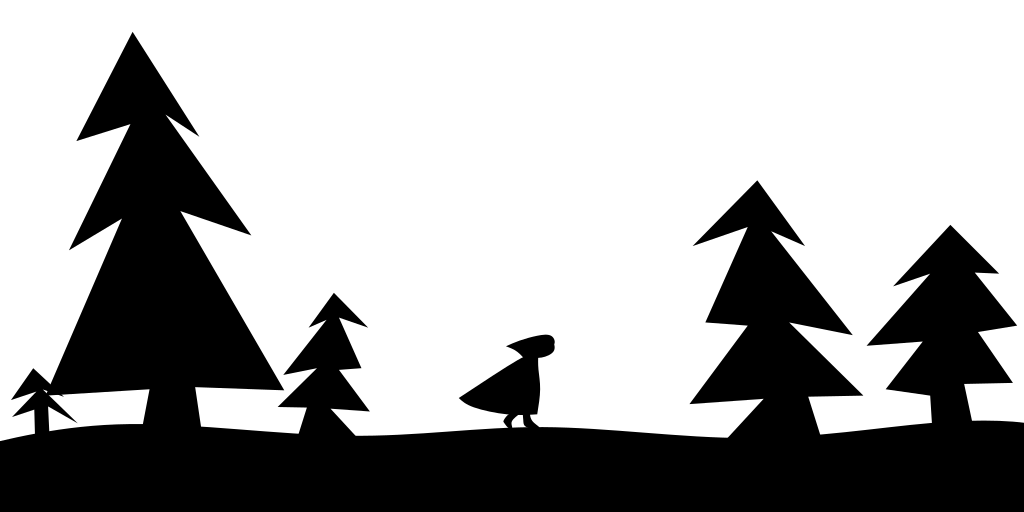
I was so excited when I saw a poster for a new musical on the subway. I’ve loved musicals all my life, and the recent crop of “based on a movie” and “jukebox” musicals have been a massive disappointment. But this one was brand new. So when I got home I listened. And even though the music was great, the plot really interesting, and the characterization strong, I just… didn’t like it. Because I know that I learn a lot from figuring out why I like or don’t like creative work, I sat down and gave it some thought.
So imagine a musical, like Hamilton, or The Phantom of the Opera. Except every scene, every song, is made up on the spot. Even the piano player is making it up as they go along. I KNOW. Magic! The second I discovered it existed, I signed up for a class. And a few classes in, once we had basic song structure down, our teacher Carly Heffernan (Comedy Bar Danforth, CB Pro Comedy School) sat us down and explained what songs are for in musical improv. And it was so revelatory to me, I asked Carly to contribute to this essay with her thoughts.
In musical improv, songs must earn their place by moving the story forward or revealing something new. Like a pivotal moment in a story, a song should expose hidden emotions, raise the stakes, or shift the narrative in an unexpected direction. For example, if a character has been hiding their true feelings, a song gives them permission to express what spoken words could not—moving the story beyond surface-level interactions. If the plot feels static, a song can raise the stakes, inject emotion or reframe the situation entirely. Songs are not just bright, shiny breaks in dialogue—they’re actually narrative engines. A well placed and executed improvised song should feel like a short story’s climax. Each song should be a moment of revelation, a glimpse into a character’s inner world or an expression of where the story is about to go. It’s storytelling, it’s just sung.
It was years and years ago and I’ve never forgotten her words. This musical didn’t follow these rules. The character told me what the song was going to be about, it was about that, and then it was over. So. How does this apply to story plot? Let’s look at Little Red Riding Hood, a folktale that’s been around for three hundred years. Every scene moves the story forward, just like a musical improv song.
Once upon a time, Little Red Riding Hood’s mother asked her to take a basket of goodies through the woods to her grandmother’s house.
We have characters, setting, action. We’re about to go into the woods, which will take us to the Wolf, which will take us to the cottage, and so on. What does it look like when we just noodle around instead of moving forward?
Once upon a time, Little Red Riding Hood’s mother asked her to take a basket of goodies through the woods to her grandmother’s house. Boy howdy, did Little Red Riding Hood love her grandmother. She was so excited to take her a basket of goodies she sang a whole song about how excited she was, and then she went upstairs and made her grandmother a nice card, decorated the cookies with pretty designs, and by the time she was done with all that, well, her grandmother had gotten so hungry she’d gotten pizza delivered. The end.
Not a story that’s going to survive for three hundred years in almost every language, THAT’S for sure. This version wouldn’t have survived ten minutes. We need every scene to move us forward, or we never get to the reason we started writing the story in the first place. There’s even a simple formula to demonstrate how Little Red Riding Hood constantly moves forward, just like a really good improvised musical.
BECAUSE (this), THEN (that), BECAUSE (that), THEN (this) — and so on.
BECAUSE her mom told her to take goodies to her grandmother, THEN Little Red Riding Hood set off through the woods.
BECAUSE Little Red Riding Hood was walking through the woods, THEN she came upon the Wolf.
BECAUSE she came upon the Wolf, THEN she told him about her defenseless grandmother.
BECAUSE she told him about her defenseless grandmother, THEN the Wolf got to the cottage first and ate her.
BECAUSE the Wolf ate the grandmother, THEN Little Red Riding Hood killed him with an ax and rescued her grandmother.
(No, we don’t need a lumberjack. Forget lumberjacks, and forget the patriarchy.)
So here’s your prompt for today: take a story you’re working on (as a second choice, a new story will work too) and write down the first thing that happens.
BECAUSE (this).
Now, the second thing.
THEN (that)
Keep on until you get to the end of the story. Fantastic job! Now you have a solid story outline in which everything matters, because everything is both a cause and a consequence.
P.S. If you like musicals too, I heartily recommend Fun Home, which follows all the rules, has a queer protagonist and is VERY funny and will definitely make you cry.
Why read alone when you can read with friends?
(Or at least, with my newsletter subscribers—they’re excellent company.) Come join us for more writing insights, craft deep-dives, and maybe a little literary fun. Don’t just vanish into the archives, stick around! Hit subscribe and get the next essay fresh in your inbox.
